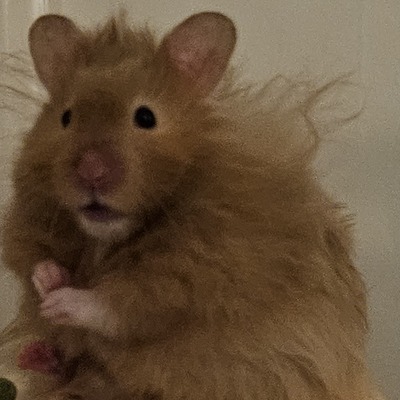Furred dragons have become a wide range of creatures, and classifying them is vague at best, so this will be my subjective view.
My fursona Tiena recently had an identity crisis as I asked the important question What is a dragon?
The most common feature among furred dragons is the snout in the picture, which is usually similar to reptiles and the nostrils are on top of it. But not exclusively, but this is by far the most common trait. I believe that the only requirement for a furred dragon is to have fur or feathers.
Traditional dragons usually are mythological, and one or more of these features: breath attack, large size, wings, scales, whiskers, reptilian features, lays eggs, horns, etc.
There are also dragon types such as, Eastern, Eastern, Wyrm, Serpent, Wyvern, and so on.
Furred dragons don’t have strict rules about what they are other than fuzzy dragons.
They may lack wings, have ears, be mammals, and require no supernatural abilities or relation to mythology. Which begs the question of whether they are dragons at all.
Although I have yet to see a furred dragon that doesn’t have any draconic features, you may add that as the second required trait.
Of course a creator of their character can ignore the semantics and have any artistic freedom on what makes them a dragon. Not necessarily in a traditional sense.
Originally around 2018 my sona took inspiration from komodo dragons and maned wolves, then 1-2 years later I found about furred dragons, which shared many similarities due to the reptilian aspects. From that point on, I called my sona a furred dragon until now.
I concluded that my sona isn’t an actual dragon, as his only dragon-like features are the snout and tail profile, but even those are based on komodo dragons.
So, I made a new species based on maned wolves and komodo dragons and I came up with the very original name feather maned dragon. But since the species is based on early real-life mammals, the name is a misnomer as he’s not an actual dragon. Which is rather poetic, and this all comes back to a full circle.
He certainly looks dragon enough for me! Though when designing my own fursona, I did a lot of the same, and made it my own race of wyverns
It’s subjective and I prefer him being it’s own species now since I started reading about zoology.
In fictional world there’s no rules, but I liked the challenge thinking what species would it be if not a dragon or a hybrid, and based it on the real-life evolution.It is really awesome, and I love the amazing amount of thought and knowledge you put into the write up you did 💜
Still think he’s cute though
Thank you so much :3
I think that the question of what is a dragon and what isn’t a dragon has become very murky and unclear. I mean there are many dragons that are called dragons but aren’t really dragons, like take the pokemon Goodra for instance. They’re not really a dragon by the classical definitions, but many people consider Goodra a dragon because of their type-set. Often these days it’s more common for dragons to be considered dragons, even if they aren’t really like the classical dragons from European or Asian mythology.
Yea! That’s why it’s more useful to specify traditional, mythological or a certain type of a dragon that have become more popular in recent fantasy.
The dragon term doesn’t necessarily need a strict definition. It’s just my preference that having structure is better and then you can decide how to break the norms. Although, most of these new variants share the same name ‘dragon’.
I still see the evolution of the term fascinating even if it is becoming more generic.It’s funny how caught up I got about fantasy etymology after reading couple weeks of taxonomy and zoology
Nah, makes sense to me



